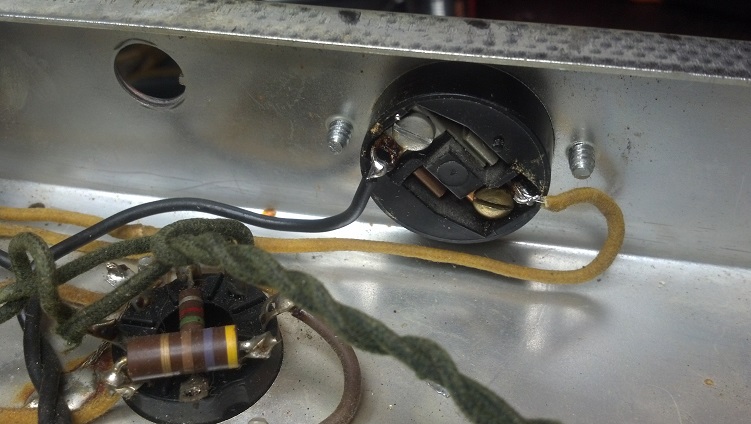Originally posted by bsco
View Post
edit:
Originally posted by bsco
View Post


Comment